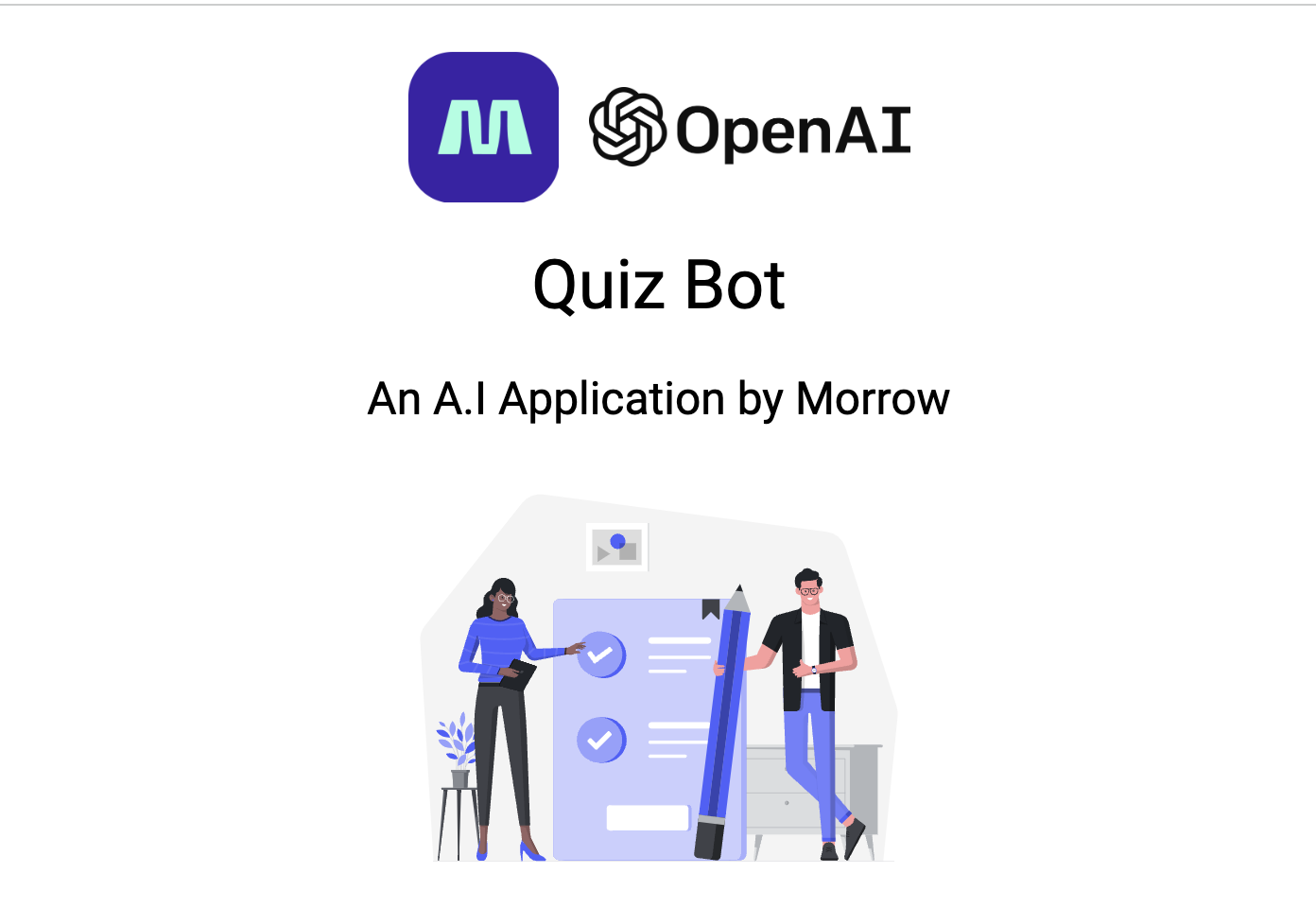Saturday, November 20, 2021
-
3
min
How much maintenance does a mobile app need?
When you’re planning an app build, all of your focus is on getting that first iteration out to the market and onto people’s devices. But what about after launch day?
We get it, ongoing maintenance isn’t the most exciting thing to be thinking about when you’re planning your app. It’s like shopping for a flash new car while the salesperson tells you when you’ll need to replace the headlight bulbs.
But you can’t just stick an app on the store and leave it, so it’s better to think about maintenance now so it doesn’t catch you off guard later. Whether you handle maintenance in-house or take out a support contract, you’ll need to know what you’re committing to upfront and what help you’ll need to keep up with it all.
Keeping things compliant
Keeping an app up to date can sound like a daunting task, especially if you’re not technically-minded, so we like to break it down to three key areas.
The first two are Apple and Google (we imagine you’ve heard of them). These are the operating systems and app stores that your app is going to be working with.
Arguably the most important maintenance you’ll have to do will be keeping your app compliant with the platform. App stores make changes to things like privacy and security requirements fast and often, so there’s no avoiding these kinds of updates. Just look at how the rules around transparency and user privacy have evolved in the last few years.
Even an app made in the last six months can fall foul of new compliance issues pretty quickly, so you need to be equipped and nimble enough to keep on top of them.
But it’s not just making sure your app meets all the legalese. You’ll also want to be updating it so that it keeps working every time there’s a new version of iOS or Android. That means optimising it to take advantage of any new features, and fixing any compatibility bugs that might come from the new system.
Up-to-date framework
After Apple and Google, the other key driver for maintenance will be your own ecosystem. And by that we don’t mean your office’s plant collection, we mean the underlying framework of your app.
Every good app is made of layers upon layers of stuff all working together. There’s the custom code your brilliant designers have written, the operating systems it’s talking to, and then all your third party libraries like maps, location and security.
Those third party libraries are being updated all the time, and whenever a new version is released the developers will gradually deprecate older versions. If your team doesn’t keep up with releases then your app will eventually become incompatible with the right servers and APIs, and your customers won’t be able to use the features they need.
So when we say keep up with releases, we mean it. Most developers will be putting out new versions of their libraries at least every six months, and your team should be doing quarterly checks for updates to make sure nothing is missed. The same goes for checking updates to your overall app framework, whether your developers are using Xamarin, Flutter or React Native.
Upgrading and dealing with new bugs can take a big chunk of development time. Not only that, it also needs some serious expertise in-house or an active support contract to be sure you’re not waiting months to get your app framework in good order.
What if I don’t maintain my app?
With so many things to update so often, it can be tempting to wonder if you really need to do it all, or if you can get away with the bare essentials every now and then. But app maintenance isn’t like housework - you can’t just skip something for now and make up for it another day.
For starters, bits of your app will eventually stop working. If nothing else that’s pretty embarrassing, and it’s also pretty hard to win back customers who have already deleted your app because they can’t access all of its features.
But as we mentioned earlier, compliance is probably the biggest reason to keep on top of maintenance. If you’re handling any kind of sensitive data about your users, even just their name and date of birth, you need to make sure your security is always up to date or you could risk huge fines for negligence.
Apple and Google can also remove your app from their store if it’s not compliant with their settings. That’s not necessarily the end of the world - resolving it is normally a simple case of addressing whatever they’re not happy with and resubmitting your updated app.
But having your app pulled from a store is far from ideal, especially if you’re on a growth journey. Not only does it lose you potential customers who won’t be able to download your app, but if your current users think you’re not taking care of your tech, it might cost you their trust too.
To see how Morrow’s active support contracts can help you keep on top of app maintenance, don’t hesitate to get in touch.
We’re here to help!














